A new study official confirms — for the first time — that fracking is causing abandoned Texas oil wells to suddenly explode, ruining ranchers’ and farmers’ lands in the process.
Analysts and scientists alike have theorized that fracking is to blame for these explosions in West Texas. However, they’ve never had actual scientific data to back up these claims — until now.
A Ground Breaking New Study
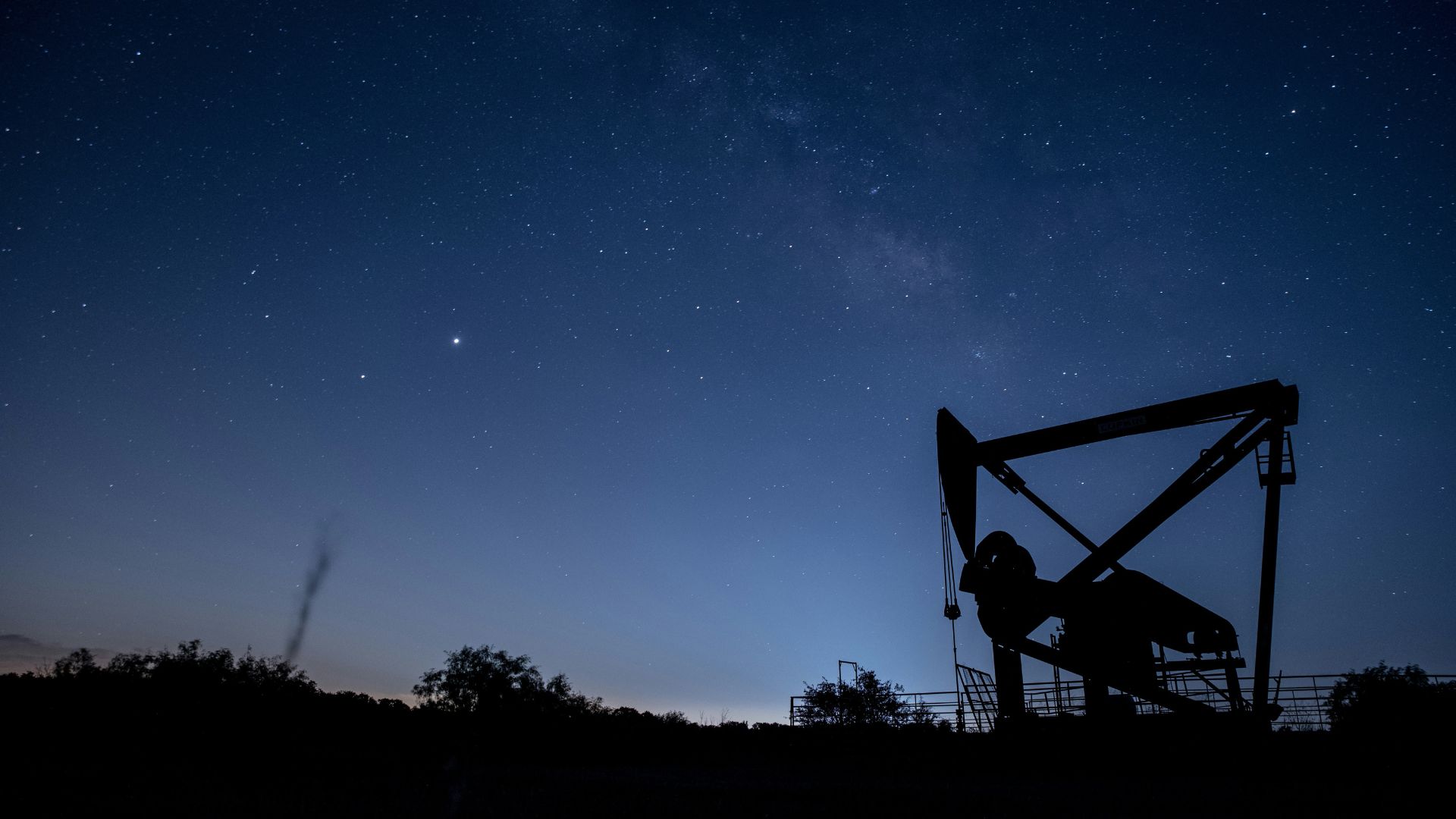
This new study from the Southern Methodist University found that fracking wastewater can travel for miles underground, through geological faults.
All of this underground traveling eventually comes to an end when the wastewater bursts through the surface, often through a previously plugged oil well or abandoned well long left behind.
Texas Oil Wells Continue to Explode

Over the last few years, farmers and ranchers in West Texas have had an increasing problem with abandoned or plugged oil wells suddenly exploding.
Now, this SMU study is the first official study to draw links between how fracking water is disposed with these dangerous blowouts in West Texas.
The Permian Basin’s Ongoing Problems
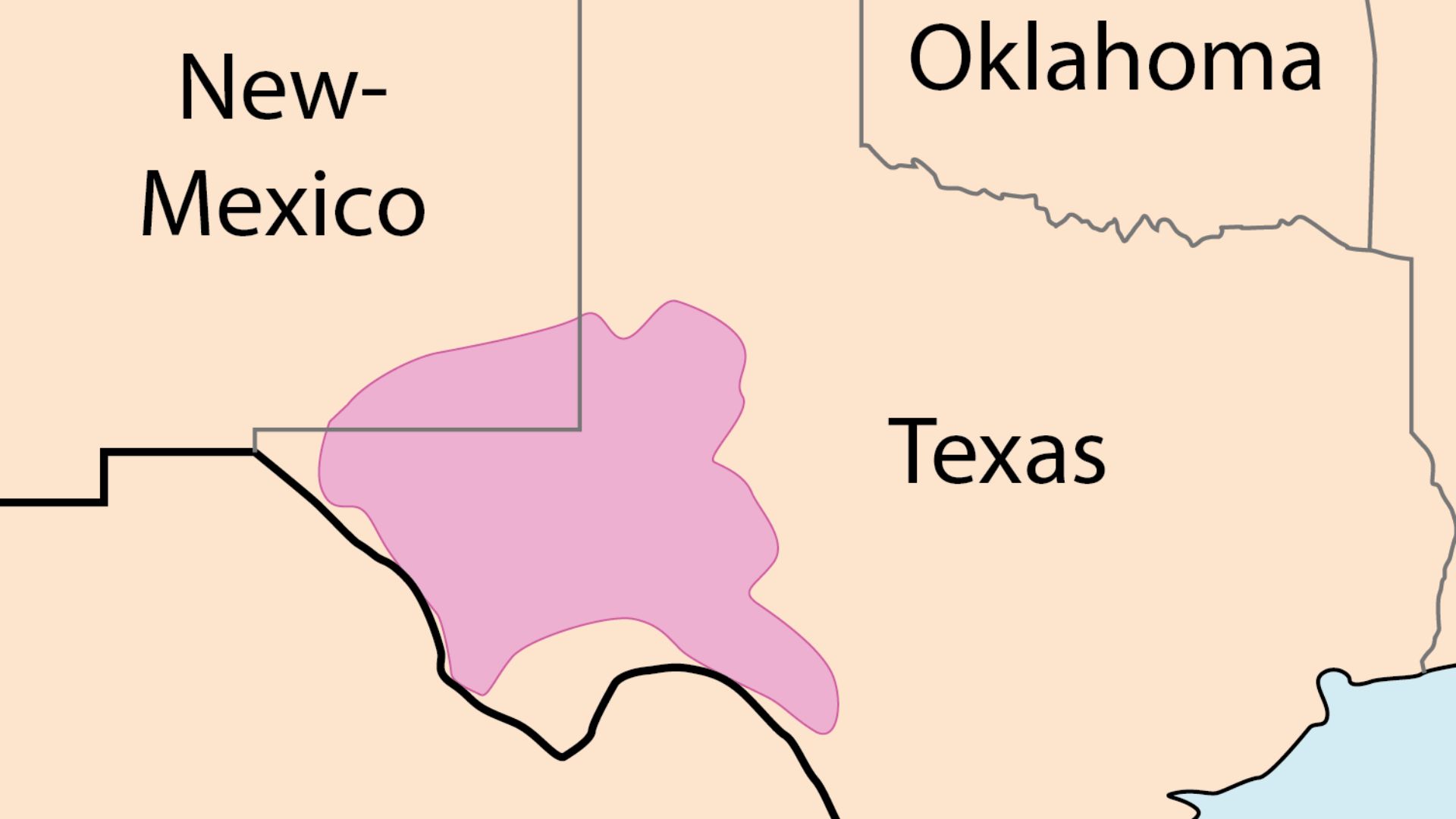
Much of this fracking activity — as well as oil explosions — have occurred in or near the Permian Basin in West Texas.
The Permian Basin is the highest-producing oil field in the U.S. Oil producers are fracking in this basin on a daily basis, consistently.
Why Fracking Is Causing Explosions

According to this study, it isn’t necessarily the activity of fracking oil itself that is causing other wells to explode. It all has to do with the water used during fracking — and how it is disposed of.
Oil producers inject oilfield wastewater back into the Earth to dispose of. This water travels underground from these fracked oil wells into other areas. All of this is permitted by the Texas Railroad Commission, the state’s oilfield regulator.
Traveling Through Underground Faults
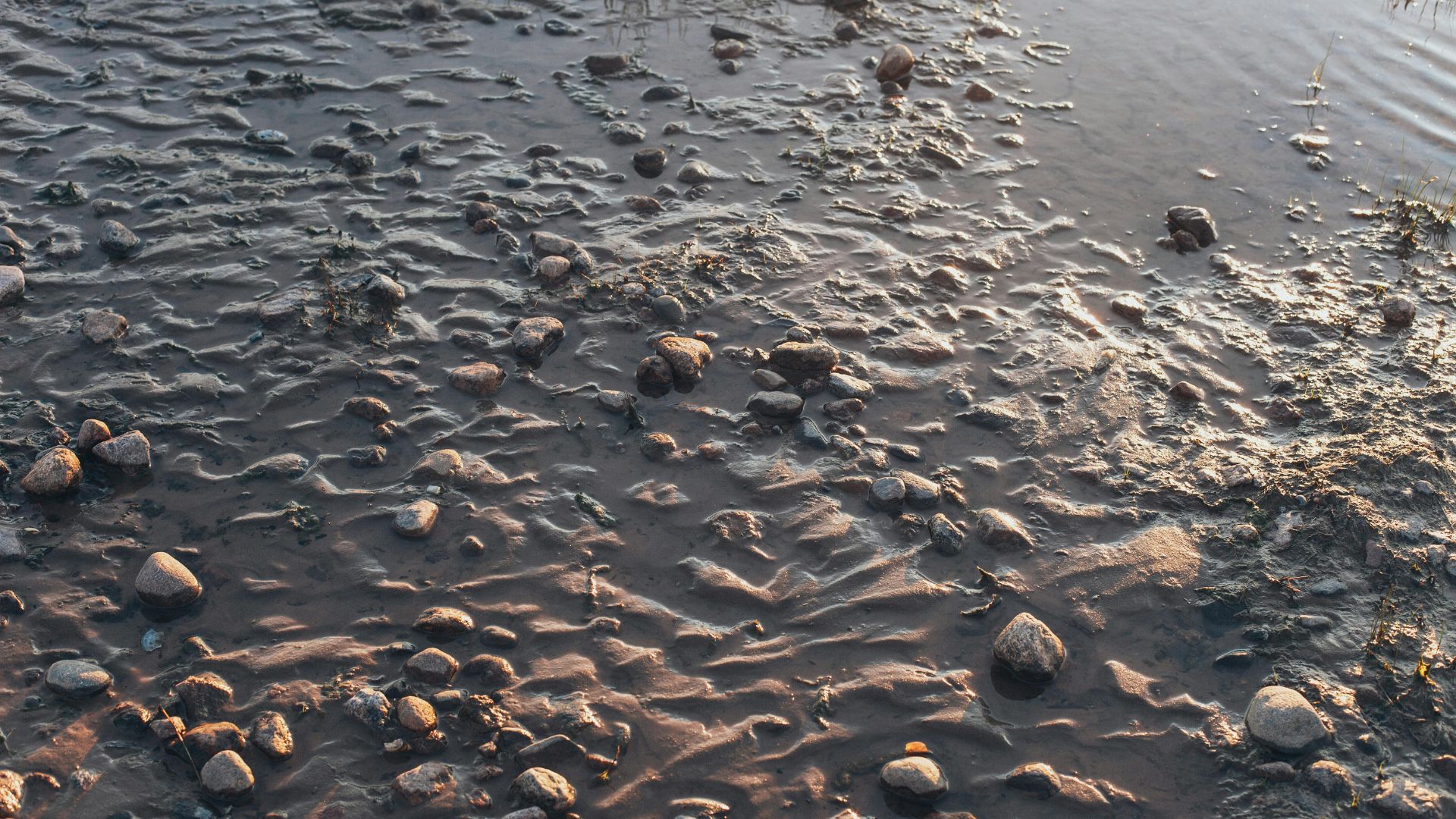
Once this wastewater is put back into the earth, it moves through underground faults. A previous study published in 2023 found that ground swelling could be seen along channels of these faults.
Some of these fault are ancient, while others have been formed by human activity. Regardless, this wastewater is finding a way to travel through the faults, making them grow heavier and allowing them to form “linear surface deformation features” in the Permian Basin.
Water Pressure Causes Explosions
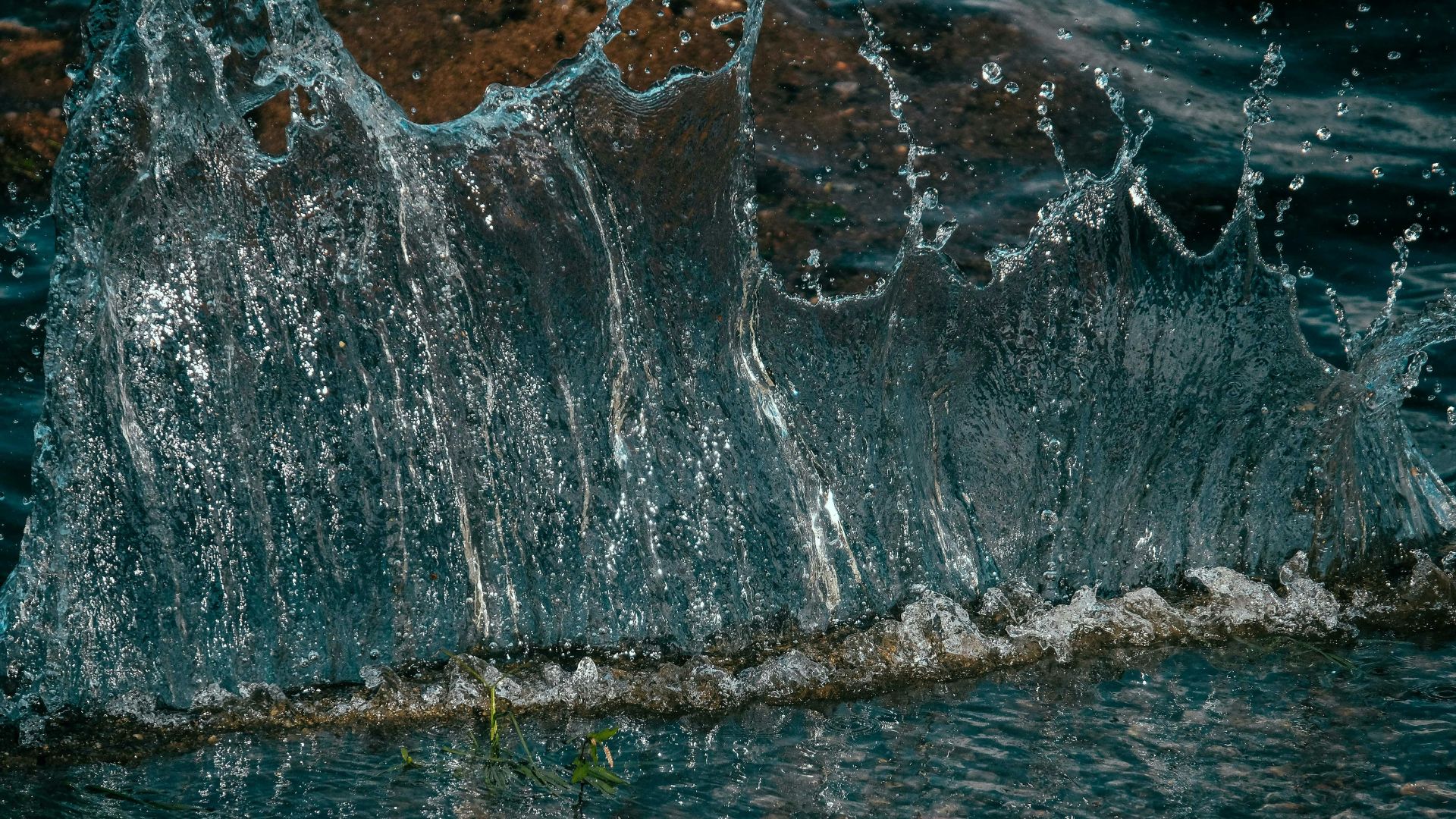
Because so much water is being pumped back into the earth during fracking, this water is able to travel miles underground until it is released.
Often, this release occurs when a channel hits an abandoned oil well or an improperly plugged one. This then causes dangerous explosions.
How Much Water Is Injected During Fracking?
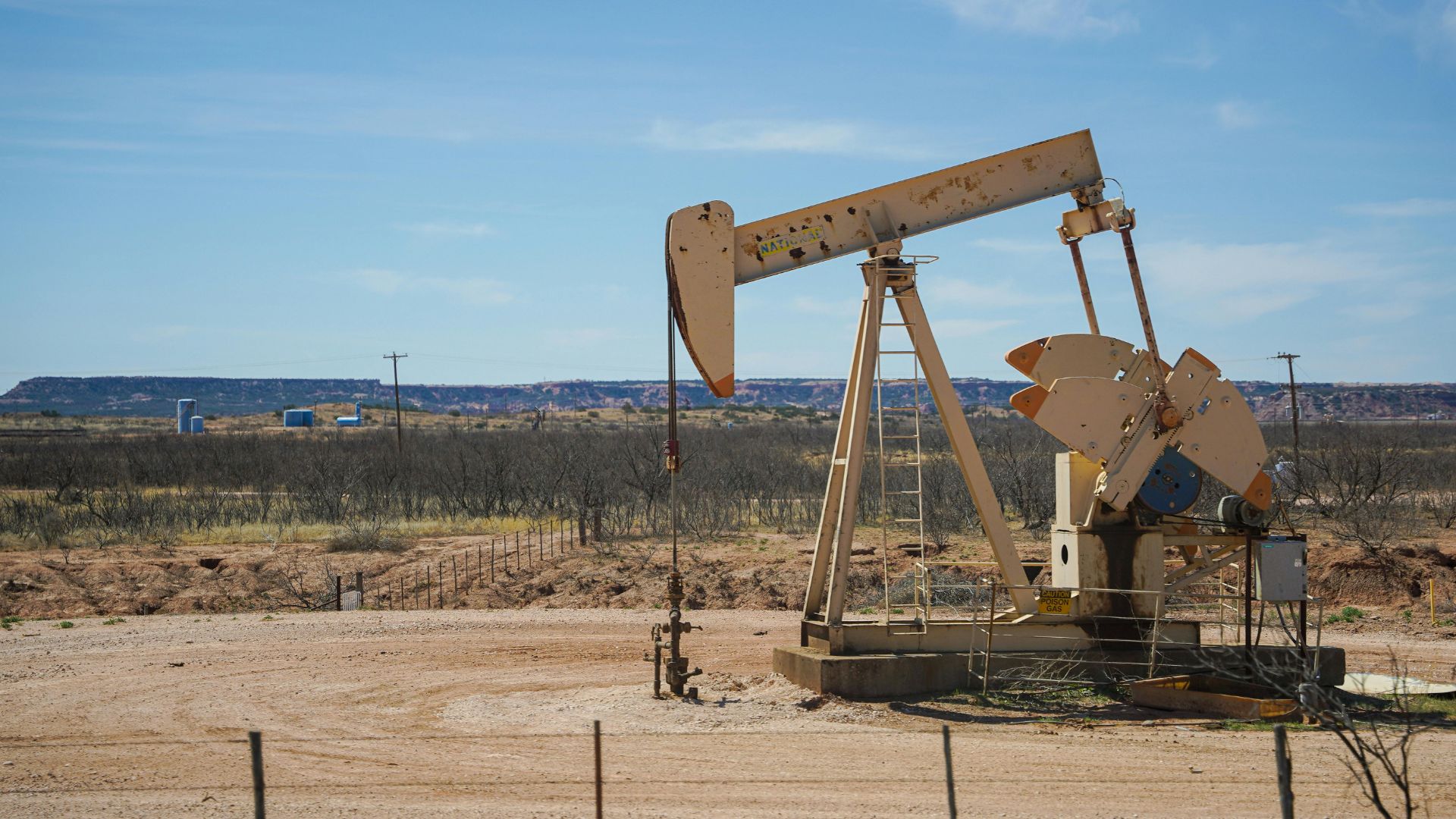
These explosions are occurring because an incredible amount of water is injected on a daily basis in the Permian Basin.
According to Katie Smye, a geologist who is also working on several papers related to this issue, about 15 million barrels, or 630 million gallons, of oilfield wastewater is injected for disposal during fracking in the Permian Basin every single day.
Massive Explosions
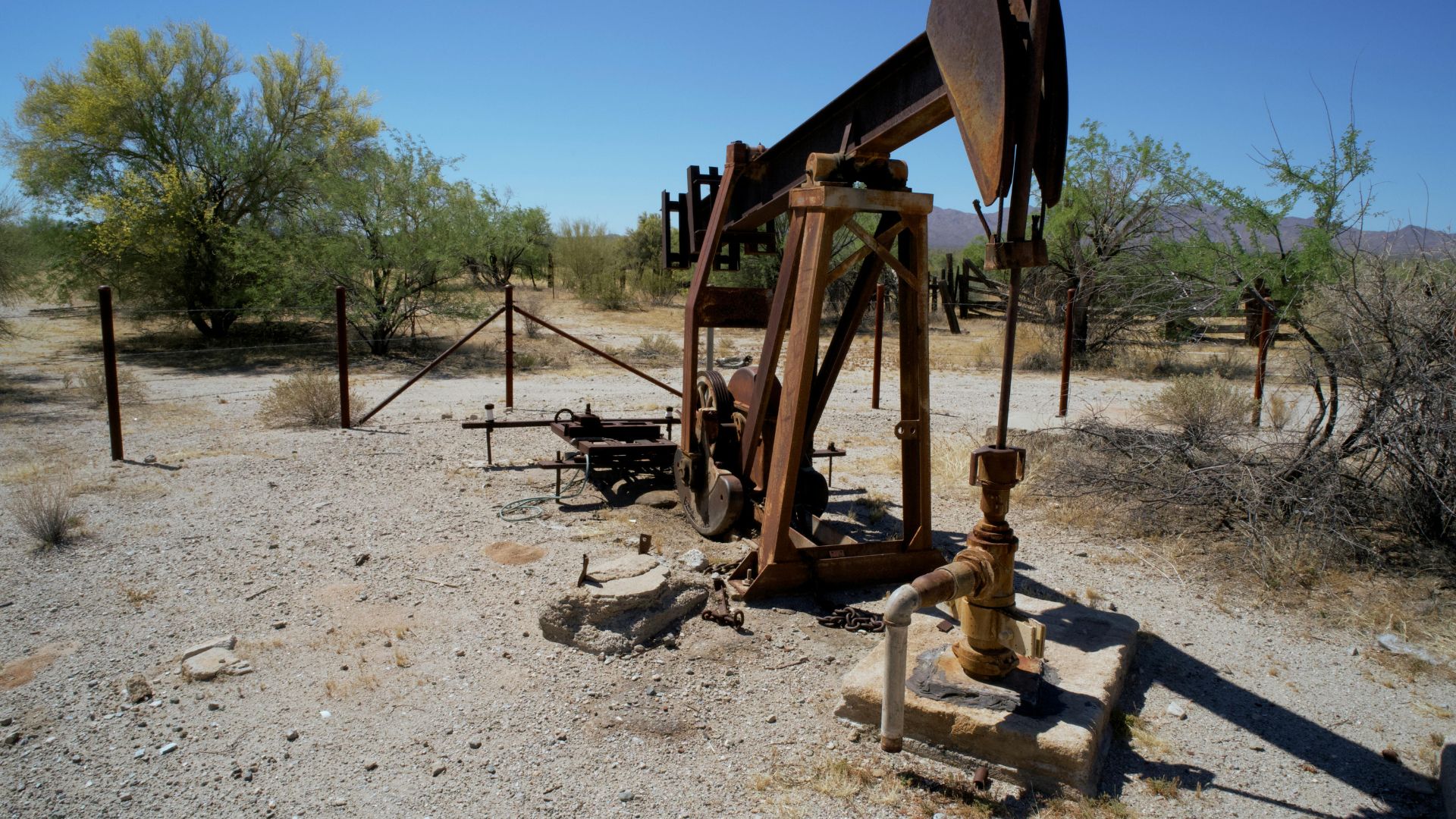
Once these oil well explosions occur, they tend to be massive in size. This latest study analyzed a blowout that occurred in Crane County in 2022.
Before the well was capped, it released almost 15 million gallons of brine. This is equivalent to about 23 Olympic-sized swimming pools. This study also found that it traveled about 12 miles underground from a fracking site before it exploded.
Potential Groundwater Contamination
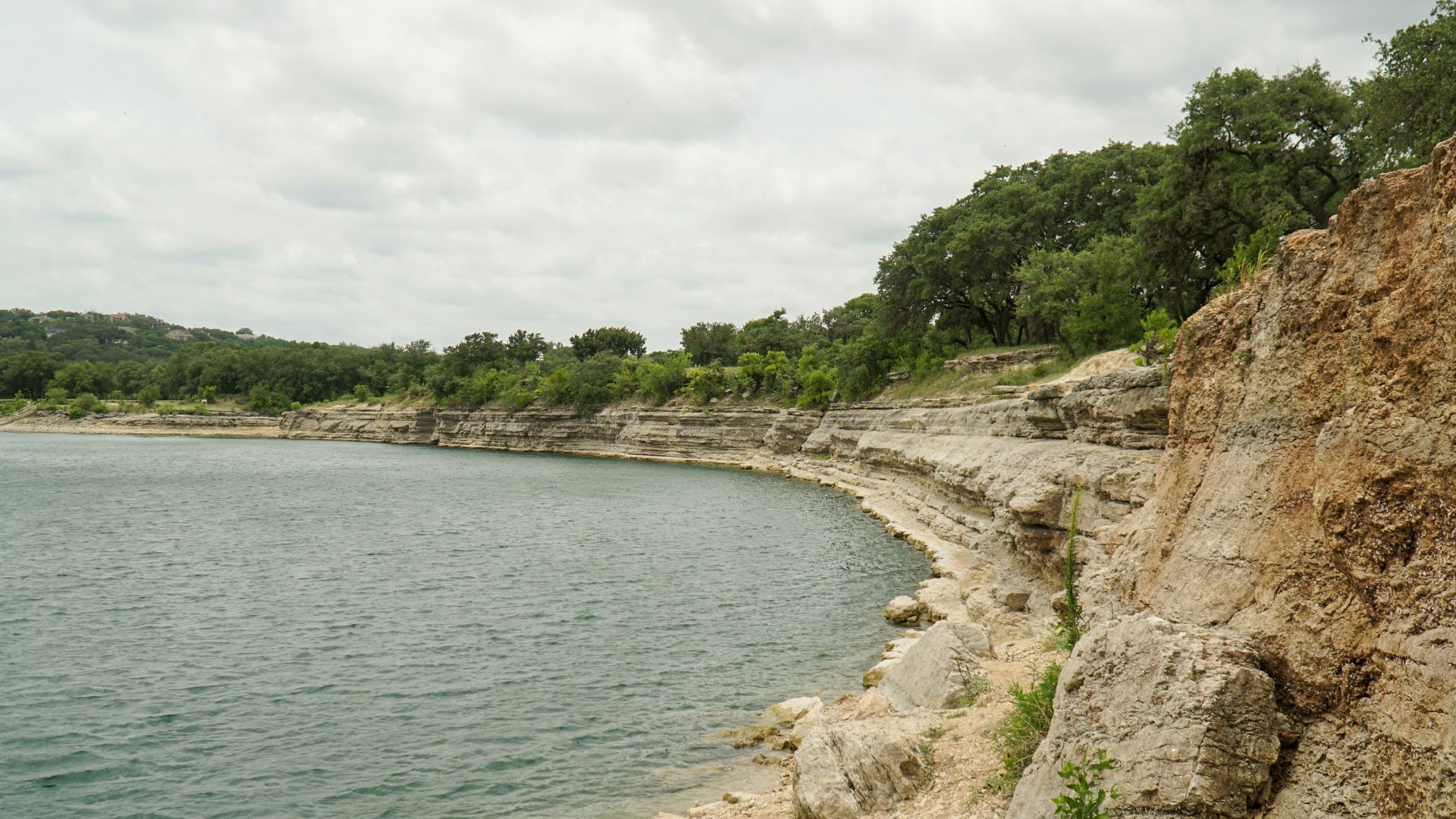
Though this study didn’t touch on potential groundwater contamination from fracking, it did reference that this issue may appear in the future.
Many scientists and analysts have long worried that this could occur. This study has further suggested that this could soon happen if injection methods do not change.
Fracking Is Also Causing West Texas Earthquakes
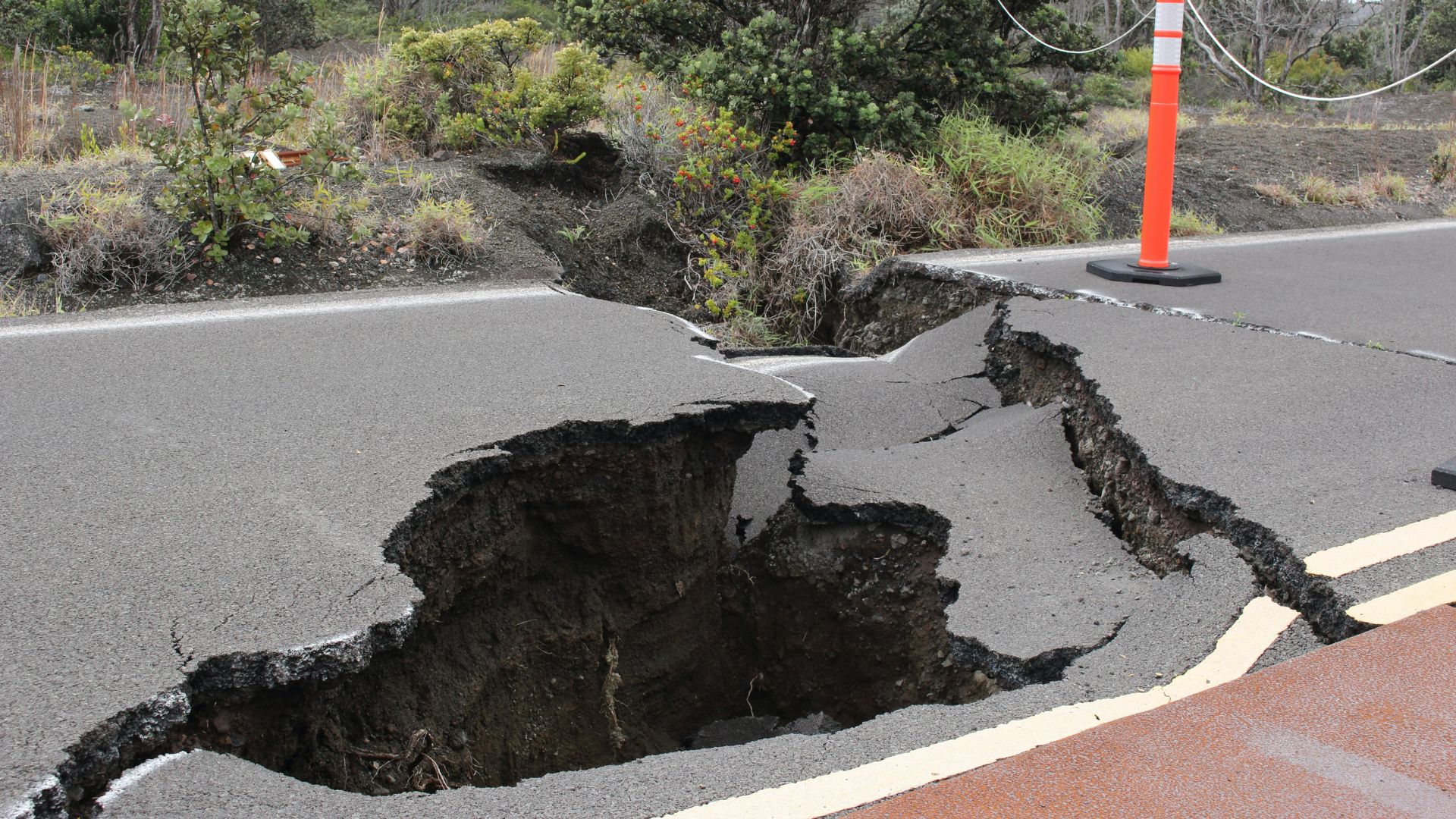
Data has also recently confirmed that fracking — and, particularly, injection of oilfield wastewater back into the Earth — has also suddenly caused strong earthquakes in the West Texas region.
Scientists are now saying that injection disposal has increased both the strength and the frequency of quakes in Texas.
Finding New Alternatives
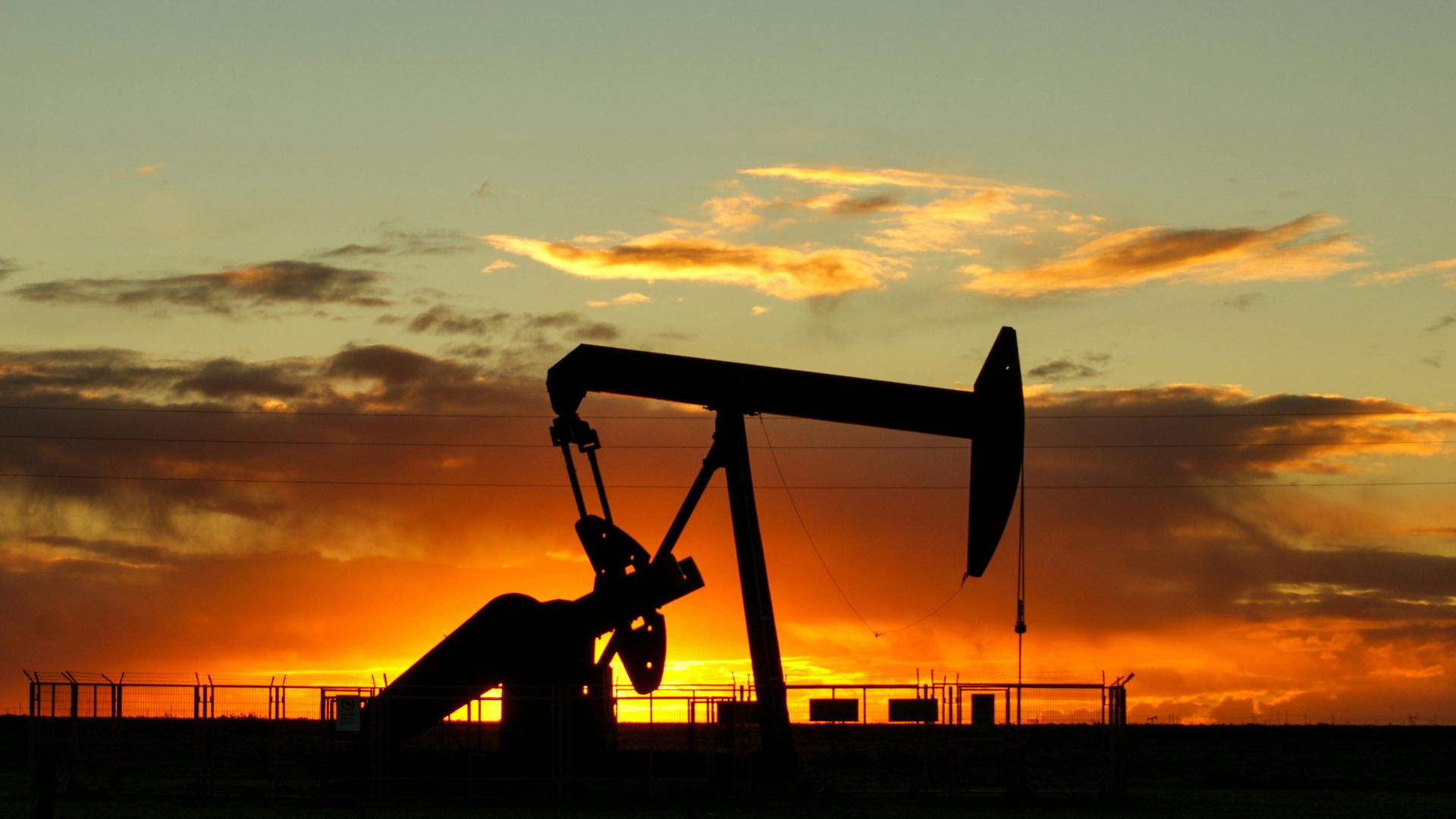
Now, analysts and scientists are warning that oil producers and those who partake in fracking need to find new alternatives for disposing of the water they use during fracking.
If they do not, and if they continue to inject this wastewater into the ground, even more blowouts will occur in the future.
